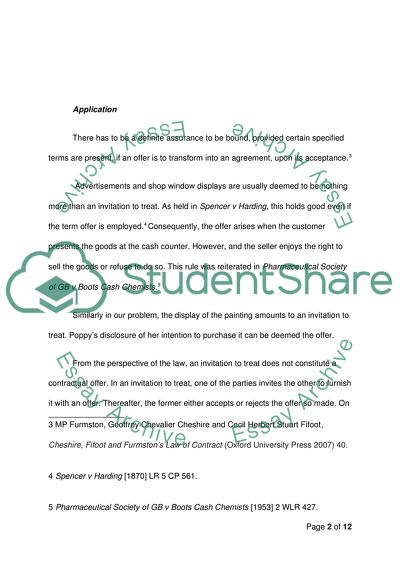Cite this document
(“Business & Employment Law Essay Example | Topics and Well Written Essays - 1500 words”, n.d.)
Retrieved from https://studentshare.org/law/1625214-business-employment-law
Retrieved from https://studentshare.org/law/1625214-business-employment-law
(Business & Employment Law Essay Example | Topics and Well Written Essays - 1500 Words)
https://studentshare.org/law/1625214-business-employment-law.
https://studentshare.org/law/1625214-business-employment-law.
“Business & Employment Law Essay Example | Topics and Well Written Essays - 1500 Words”, n.d. https://studentshare.org/law/1625214-business-employment-law.


